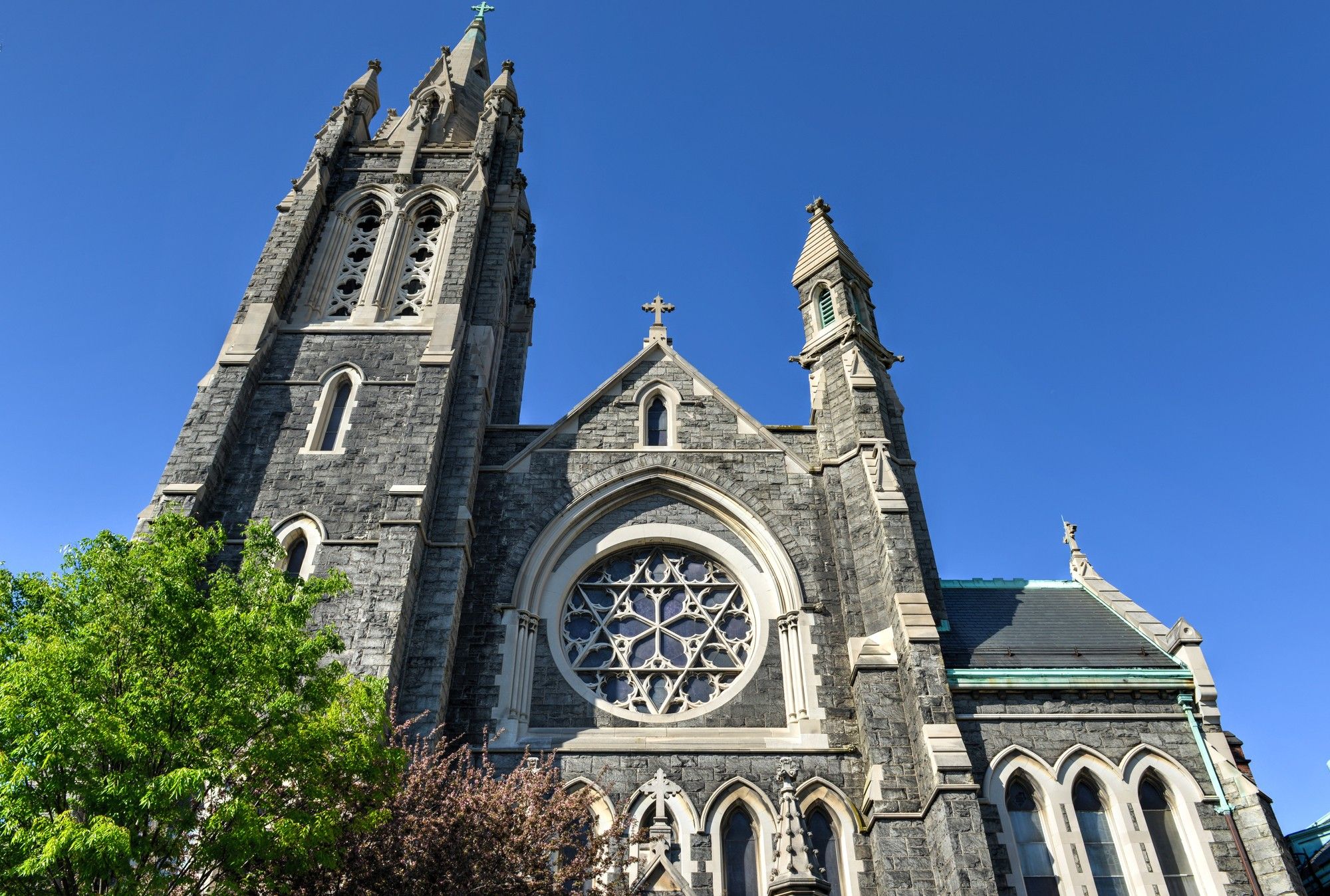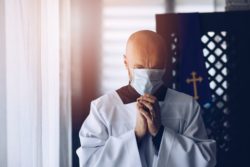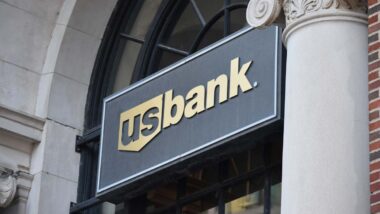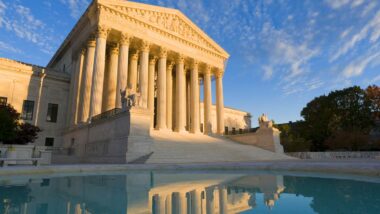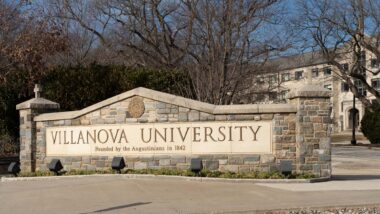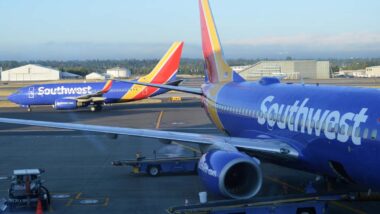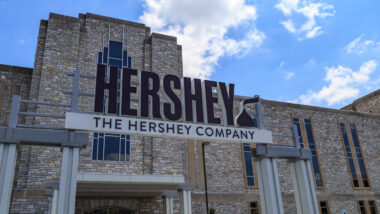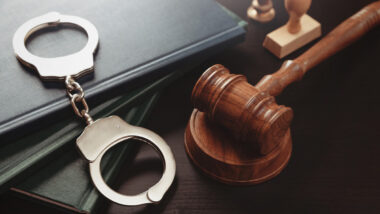Top Class Actions’s website and social media posts use affiliate links. If you make a purchase using such links, we may receive a commission, but it will not result in any additional charges to you. Please review our Affiliate Link Disclosure for more information.
The Diocese of Brooklyn has failed to convince a federal judge to lift Gov. Andrew Cuomo’s restrictions on religious gatherings in areas that have experienced a surge in COVID-19 cases.
U.S. District Court Judge Nicholas Garaufis decided Friday to deny the diocese’s bid to overturn limits recently placed on the number of people who can be in a house of worship in neighborhoods that have a high density of reported coronavirus infections. Those limits, put in place Oct. 6, are scheduled to expire Nov. 5, but could be renewed if the virus is not better contained.
Diocesan officials filed a federal lawsuit Oct. 8 and urged the court to halt the temporary regulations immediately, saying they are creating irreparable harm to the churches in Brooklyn, which had to all but close because of them. A hearing was held the following day to consider the diocese’s request for a temporary restraining order before that Sunday’s scheduled worship services, but when it was over, the presiding judge refused to issue one.
The lawsuit and request for a temporary injunction against the hot-spot regulations then went to Judge Garaufis. Although he said the harm done to the 26 churches affected by the governor’s orders is real, it does not outweigh public safety.
“If the state is correct that allowing large religious gatherings in areas currently experiencing COVID-19 outbreaks could lead to a ‘second wave’ that puts the entire city and state at risk, then it is not in the public interest to” suspend the restrictions, the judge wrote. “In fact, if the court [does] and the state is correct about the acuteness of the threat … the result could be avoidable death on a massive scale like New Yorkers experienced in the spring.”
Houses of worship in areas categorized as a red zone are limited to 25% capacity, but no more than 10 people at a time, under Cuomo’s orders. In an orange zone, a church can host 33% its capacity to a maximum of 25 people at a time. In a yellow zone, churches are limited to 50% capacity. Those found to violate the order face up to $15,000 in fines.
The restrictions are part of what the governor is calling a cluster action initiative, targeting areas that are experiencing clusters of COVID-19 cases quickly and decisively to limit the spread of the coronavirus.
About half the churches in the Diocese of Brooklyn are in what is currently classified a red zone. The other half are in an orange zone for now.
On Monday, Cuomo said he expected to make changes to the zone mapping soon and is “working to develop appropriate reopening benchmarks for the cluster zones,” NBC New York reported. The cluster strategy will remain in place throughout the fall, he said. It already seems to be working, the governor added.
The average rate of COVID-19 cases in the designated red zones — which include areas of Queens, Rockland and Orange counties in addition to Brooklyn — are down to 3.3%, Cuomo reported. That’s “about half the number it has been in recent weeks and further indication of improvement,” NBC New York said.
In addition to the limitations on houses of worship, the cluster initiative orders place staged restrictions on non-essential businesses, public gatherings, dining and schools.
New York was arguably the hardest hit at the start of the coronavirus pandemic in the U.S., but has taken a backseat to other areas across the country in recent months — particularly those that had fewer restrictions in place. The restrictions themselves, in New York and elsewhere, have led to numerous lawsuits.
Diocese of Brooklyn officials and their lawyers mostly take issue with the governor’s limits on the maximum number of people allowed in the churches at the same time, not the percent of capacity. The bulk of the churches in the diocese can hold between 500 and 1,000 people. If the restrictions were kept to the capacity limits with no maximum number capped, they could host 125-250 in the red zone and 165-330 in the orange zone.
The diocese is also arguing the governor is limiting their constitutionally protected freedoms of speech and religious practice.
Three Orthodox Jewish congregations are also challenging the hot spot restrictions in a lawsuit filed in U.S. District Court for the Eastern District of New York and they sought a temporary restraining order against the state, too. A hearing on that emergency request was held the same day at the Diocese of Brooklyn hearing, and the judge in that case also denied it, Judge Garaufis noted.
The judge “concluded that the regulation was not intended to burden religious practice,” Judge Garaufis wrote and later said he determined the same. Cuomo’s order was “guided by science, not a desire target religious practice,” he wrote.
Have you been prevented from attending church because of coronavirus restrictions? Tell us about it in the comment section below.
The Diocese of Brooklyn is represented by Randy M. Mastro, Akiva Shapiro, William J. Moccia and Lee R. Crain of Gibson, Dunn & Crutcher LLP.
The Diocese of Brooklyn Lawsuit is The Roman Catholic Diocese of Brooklyn, New York v. Governor Andrew M. Cuomo, Case No. 1:20-cv-04844-NGG-CLP, in the U.S. District Court for the Eastern District of New York.
Read About More Class Action Lawsuits & Class Action Settlements:

